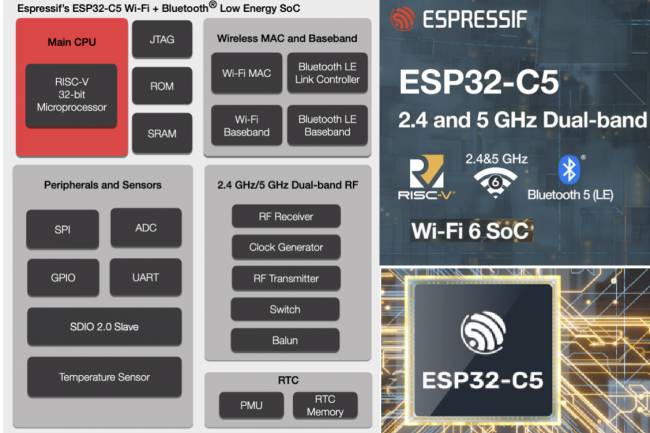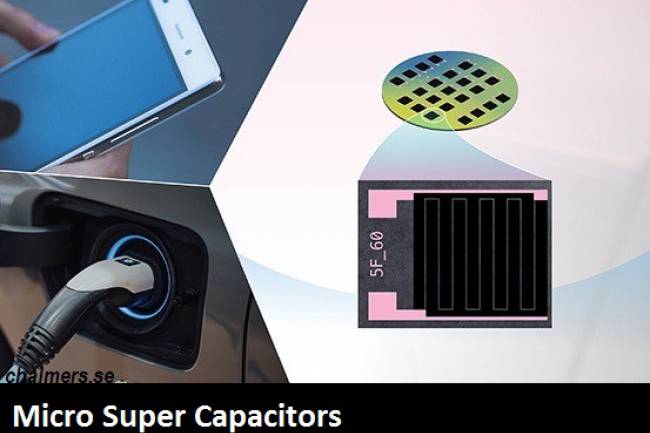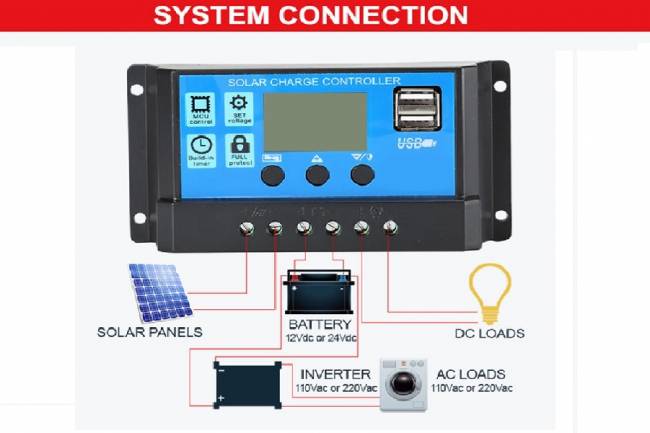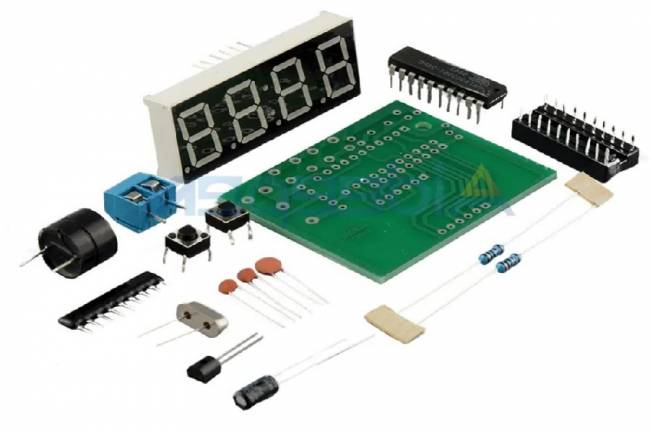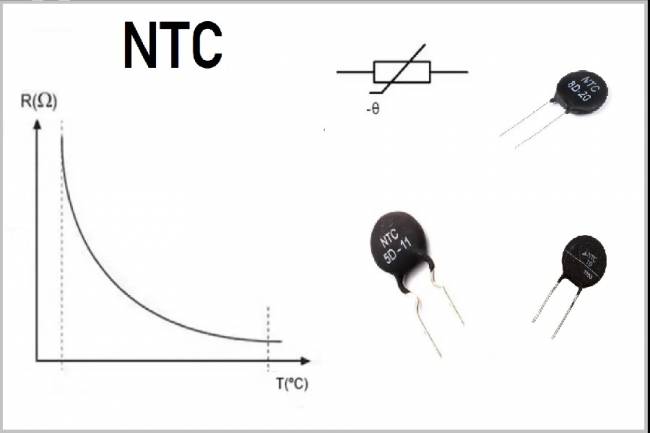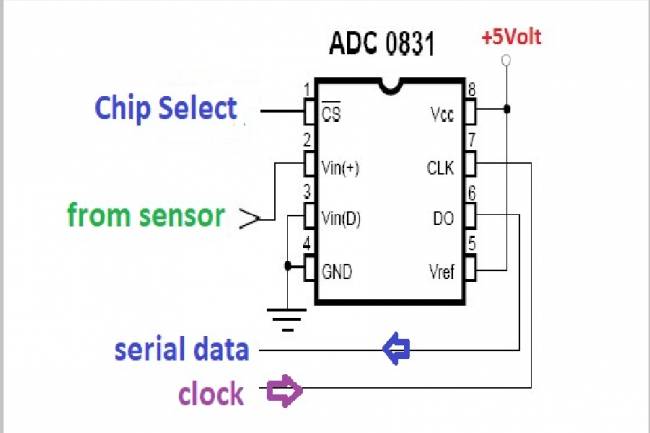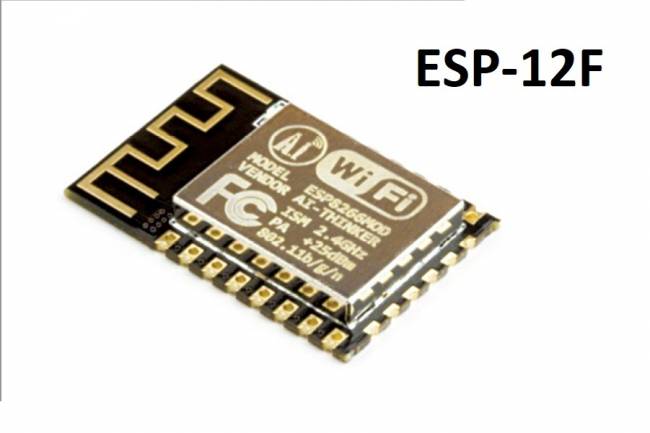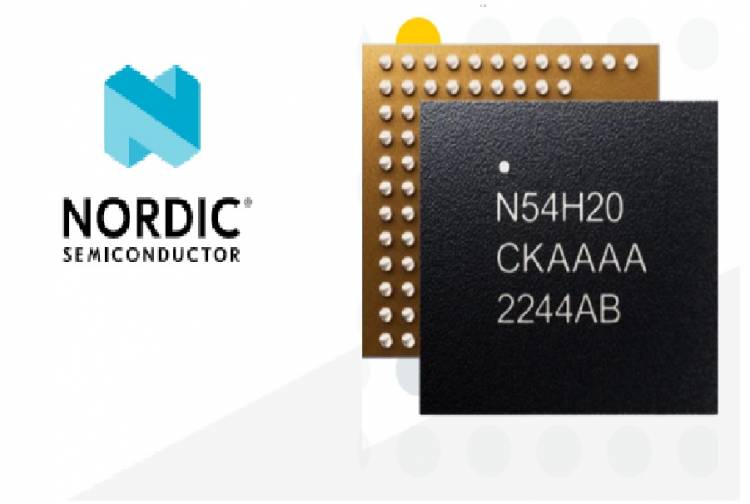
Nordic Semiconductor Announces nRF54 Series
Nordic Semiconductor today announced the first demonstration of the nRF54H20, a fourth-generation multi-protocol Systems-on-Chip (SoCs). The nRF54 Series follows Nordic's award-winning nRF51, nRF52 and nRF53 Series and introduces an innovative new hardware architecture. The nRF54H20 belongs to the nRF54H Series, which is the "H" branch of the broader nRF54 Series.
Able to support Bluetooth 5.4 and future Bluetooth specifications as well as LE Audio, Bluetooth mesh, Thread, Matter and more, the nRF54H20 will lead to new developments of IoT products.
High performance data processing
The nRF54H20 features multiple Arm Cortex-M33® processors and multiple RISC-V coprocessors. Processors can clock up to 320 MHz, and each processor is optimized for a specific type of workload.
The nRF54H20 has twice the processing power (5340x CoreMark) of the application processor in Nordic's current model, the nRF2 SoC. The computing resources of the nRF54H20 are supported by onboard memory consisting of 2 MB of non-volatile memory and 1 MB of RAM. The high level of integration of the SoC will enable developers to downsize their designs by replacing multiple components (e.g. application MCU, external memory and wireless SoC) with just one extremely compact device.
In addition to advanced wearables, smart home, medical and LE Audio applications, the nRF54H20 SoC appears to be an ideal solution for applications that require support for complex machine learning (ML) and edge sensor fusion.
nRF54H20 Key Features
- Multiple Arm Cortex-M33 processors, clocked up to 320 MHz
- Multiple RISC-V coprocessors
- 2 MB non-volatile memory
- 1MB of RAM
- Bluetooth Low Energy, LE Audio, Bluetooth mesh, Thread and Matter
- New peripherals: Hi-speed USB (480 Mbps), CAN FD controller, 2 x I3C and 14-bit ADC
- Designed for PSA Certified Level 3 IoT security standard
- physical security
Note:
What is SoC?
SoC stands for "System on a Chip". This is an integrated circuit technology in which an entire computer system is placed on a single chip.
It may include SoC, microcontroller, memory, digital signal processing, communication interfaces, power management, graphics processor, sensors and other peripheral components. These components are often placed on the same chip and work together so they can be used to perform many different functions.
They can be used for SoCs, mobile devices, smart home systems, wearables, cars, healthcare devices, and many other applications. SoCs can provide high-performance, energy-efficient and cost-effective solutions. Therefore, they are widely used in many electronic devices.



